Last month, I went to a local nursery to buy a plant. As soon as I entered, my eyes crash-landed on a plant with beautiful blooms. It was a Begonia.
Begonia (buh·gow·nyuh) is a famous house plant that people usually grow for their beautiful flowers. Due to the tropical roots of Begonia, the light requirements are high.

Caring for Begonia is not difficult because they have specific requirements for light that you can meet.
When it comes to light, we are here to help you. Read on to learn everything you need to know about Begonia light requirements.
Table of Contents Show
Overview of Begonia
With more than 2000 species under its name, Begonia is a beautiful flowering plant that belongs to the Begoniaceae family.
These plants throw tantrums if the humidity is not up to the mark. So, if you can provide them with ample moisture in your house, you’re good to go.

Look below for the general overview of Begonia.
| Common Name | Begonia |
| Origin | Central and South-America |
| Family | Begoniaceae |
| Plant Type | Flowering perennial |
| Growth Zone | USDA hardiness zones 6 to 9 |
| Growth Size | Under 1 foot tall with nearly 4 inches wide flowers |
| Grown For | Beautiful blooms |
| Foliage | Glossy, oval green colored leaves |
| Blooms | Ruffled, single or double flowers consisting of Petals, Pistil and Stamen |
| Blooming Season | Early summer to frost |
| Toxicity | Toxic to pets and humans |
| Care Level | Relatively easy |
| Availability | Not so rare |
Begonias vary in blossom color and root type, ranging from storage tubers to stretching fibrous extensions.
These bushy plants prefer partial shade, but some varieties prefer full sunlight.
The light required depends on various other factors like watering, temperature, etc.
How Much Light does Begonia Need?
Begonia has varying light requirements, which depend on the type of Begonia.
Most tolerate full shade (no direct or filtered sunlight) but will be less dense and have fewer flowers. A few thrive in direct sunlight.
For instance, Bronze-leaf wax Begonias (Begonia x semperflorens-cultorum) are among the few cultivars that require full sun.
Similarly, some hardy Begonias (Begonia evansiana) and tuberous Begonias (Begonia x tuberhybrida) have delicate leaves that can be damaged by direct sunlight.

These varieties thrive in the morning sunlight and dappled afternoon light. Moreover, most Begonia varieties with wing-shaped leaves are sun-tolerant.
For instance, Begonia “Dragon Wing Red” (Begonia “Bepared”) thrives in full sun to partial shade and prefers afternoon shade in hot environments.
In addition, Begonia x benariensis Big Series prefer dappled sunlight throughout the day, though they will grow in full sun.
Similarly, you can grow fibrous and rhizomatous Begonia indoors as they do not focus a lot of their energy on flowers.
If you place your Begonia outside, they can succumb to frost and relatively cold weather. So, consider the weather and season before moving your plant out.
The best time to move the plant outside is during spring. Even then, you need to provide them with dappled/filtered sunlight.
If there is no light, your Begonia will die in 14 to 20 days.
Begonia can also survive in full shade, but the flowers will not bloom, and the foliage will not be as dense as you want them to be.
To grow Begonias indoors, ensure they get bright indirect sunlight.
How to Ensure Optimum Light for Begonia?
Indoor plants show different reactions to different types of light. The flowers, foliage, and even the striations in the plant depend on the light they get.
The same is for Begonia; how the plant grows is determined by various light-related factors.
Keeping your plants outdoors or indoors is also pivotal in the plant’s growth.
1. Light Intensity
Light intensity is one of the four pillars of the light requirements for Begonia, along with duration, quality, and location.
Most of the time, light intensity is proportional to Begonia’s distance from the light source.
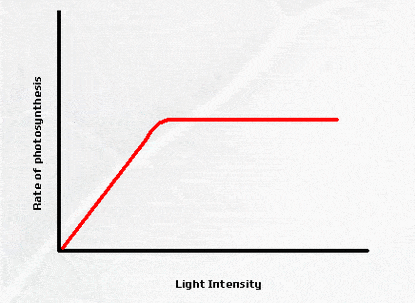
If you are growing Begonia for production purposes, keep the light intensity in the range of 2000FC to 2500FC (~21525 lux – ~26900 lux) to ensure better yields.
If the light intensity is high, the plant will have more density, but its foliage will dim down in color than usual.
Similarly, if the light intensity is too low, photosynthesis will not happen smoothly in the plants.
2. Light Duration
The plant’s appearance is determined by the time it is exposed to light. It would be best to consider different factors like morning and evening light.
Although Begonia is not affected by the photoperiod, you need to consider the duration while placing the plant in any location.

During the daytime, Begonia can survive up to 2 hours of sunlight. Anything more than that can damage the plant.
Tuberous Begonia is an obligate long-day plant which means they will flower only if the days are longer and nights are shorter.
Similarly, Wax Begonia flowering does not depend on the duration of light they get.
3. Light Quality
Light quality is usually associated with artificial grow lights rather than natural sunlight.
You can tweak the light quality to make the plant grow as you like it. Different colors emitted by light have different effects on the plant.
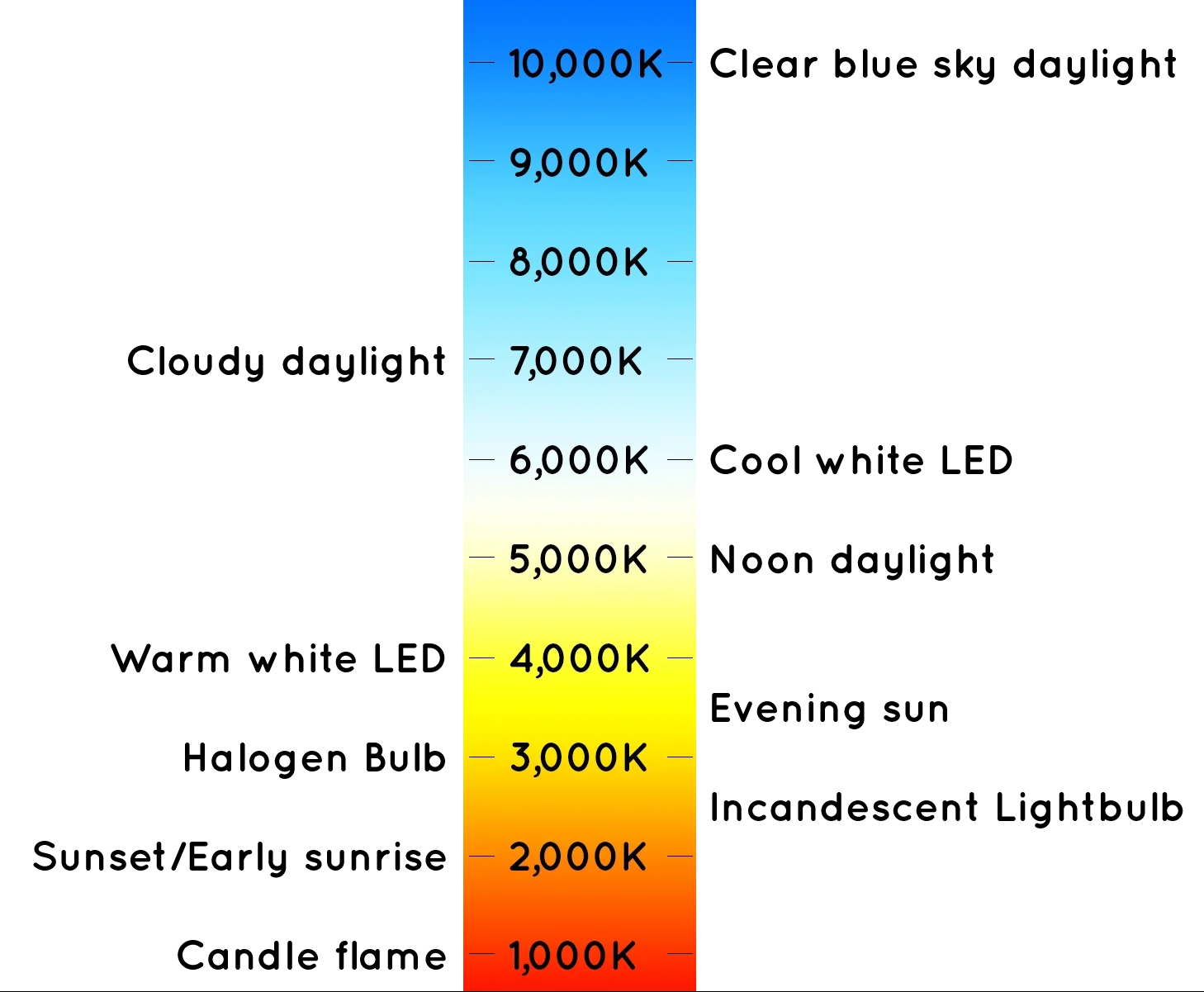
We have mentioned different light colors, their wavelength, pros, and cons in the table below.
| Light Colors | Wavelength Range | Features |
|---|---|---|
| Violet | 380-430nm | Pros: Enhances plant fruits and color Cons: N/A |
| Blue | 430-500nm | Pros: Promotes thick leaves and assists with photosynthesis Cons: Suppresses extension growth |
| Green and Cyan | 500-565nm | Pros: Helps the plant reach its full potential Cons: Not absorbed properly by chlorophyll |
| Yellow | 565-580nm | Pros: Helps with photosynthesis Cons: Seeds with overexposure to yellow light don't produce carbohydrates and thus have limited growth |
| Orange | 580-625nm | Pros: Acts as a catalyst to increase flowering and budding Cons: Not much importance in plant's growth |
| Red | 625-740nm | Pros: Regulates growth and development Cons: Makes plant leggy and the leaves elongated |
| Far-Red | 740-10,000 | Pros: Helps with seedling or germination process Cons: It can discolor the plant and even kill it |
| UV Ray | <380 | Pros: In safe doses, it enhances plant growth Cons: Bleaching or scorching of plants |
Visible blue light (400-550nm) and red light (625-700nm) are useful wavelengths for Begonia plants.
4. Location For the Plant
Tropical plants, like Begonias, are picky about where they are planted.
In its native area, Begonia grows in a moist climate, so you must try your best to place them in similar locations in your home.
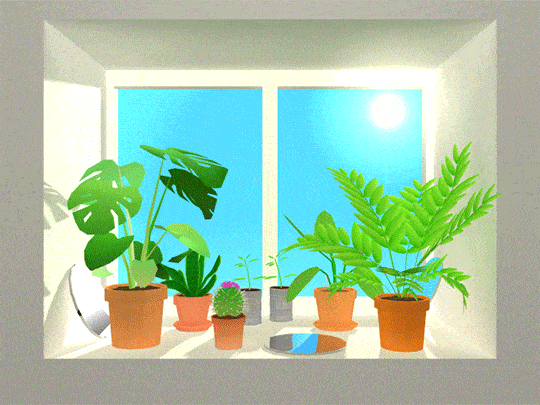
East-facing windows are also ideal for Begonias as they provide bright indirect light at 10,000-20,000 LUX the whole day.
You need to rely on curtains to protect them from the harsh sunlight.
You can also plant Begonias in shady gardens, patios, porches, and patios. If you want to place your Begonia outdoors, provide them shade through trees.
If you place your Begonia in the east-facing window, you might not have to shade them.
Signs your Begonia Requires More or Less Sunlight
There are various types of Begonia; to simplify things, Begonia is divided into two types: One that focuses on leaves (Rhizomatous) and the other on flowers (Tuberous).
The required light depends on the type of Begonia, as tuberous Begonia requires a bit more light than rhizomatous Begonia.
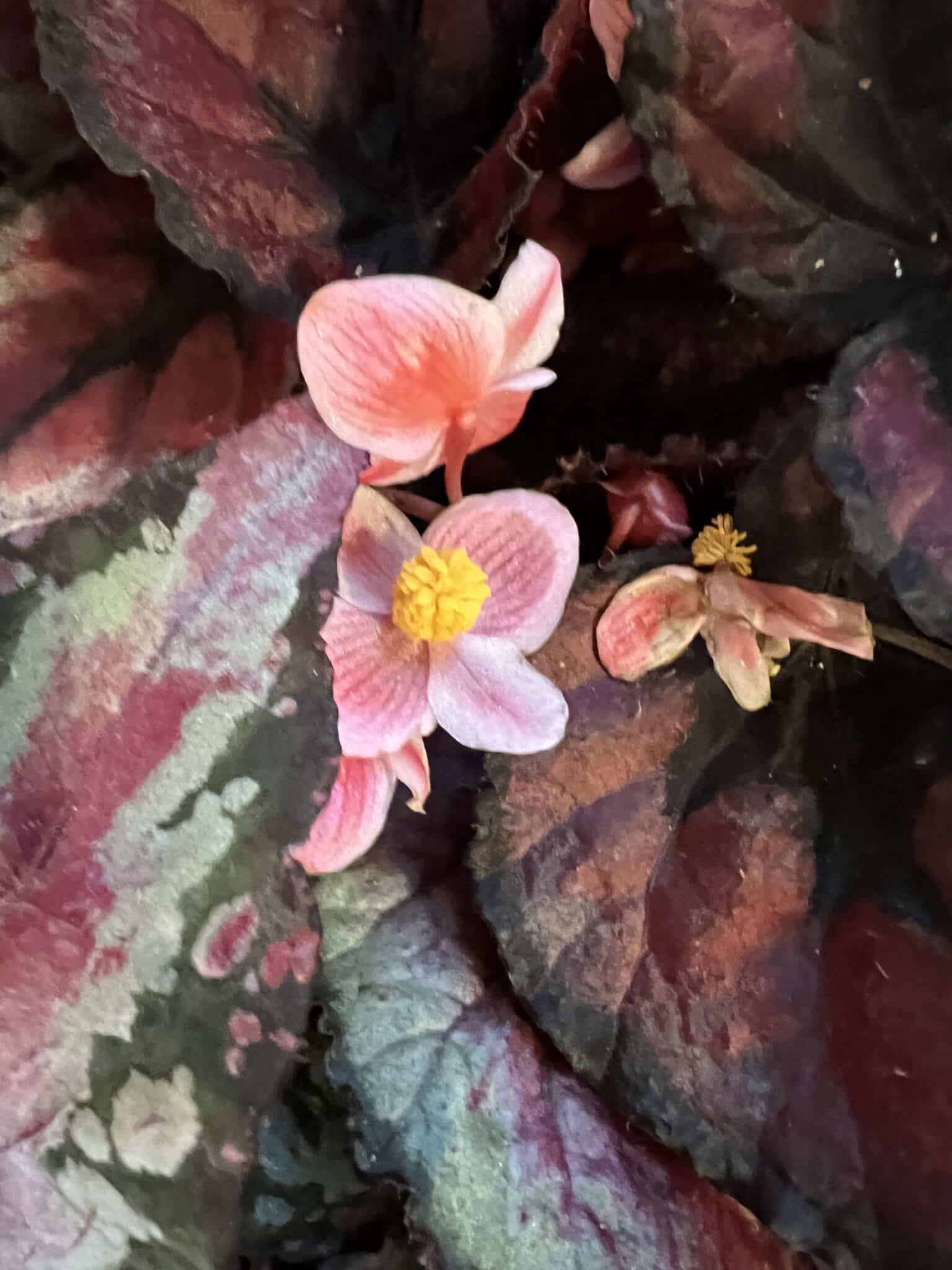
So, being a low-light plant has a downside. Your Begonia won’t be able to handle too much sunlight.
Keep an eye out for signs of less or more sunlight on the plant.
Signs of Light Deprived Begonia
Even if your Begonia prefers a shaded area, sometimes the light may not be enough. In such conditions, look for the following signs in your plant.
- Your Begonia will show etiolation as the stems stretch, searching for a prominent light source or toward a light direction.
- You will not get to see your Begonia flower due to the lack of energy required to flower.
- The leaves will lose their color, and the plant will have stunted growth.
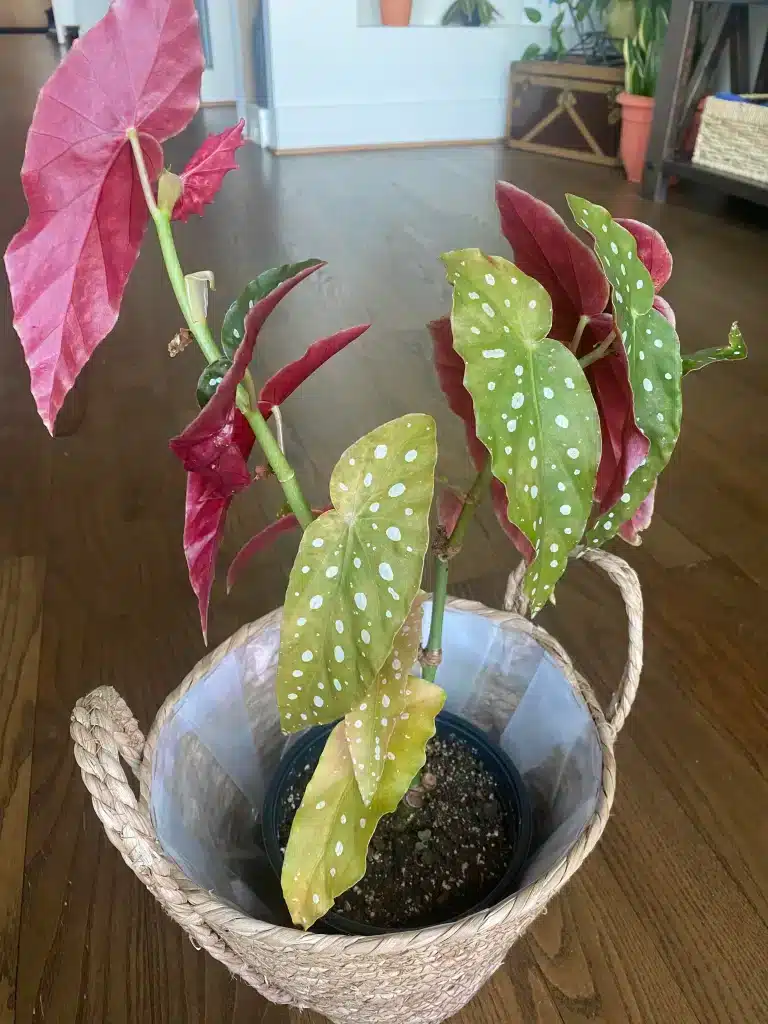
- You may also witness the leaves falling off after a prolonged time as yellow leaves.
- The leaves will be smaller than the regular ones.
- Inadequate sunlight can cause powdery mildew, a fungal disease in Begonias
- Due to the lack of chlorophyll and photosynthesis, the typical plant functions will not happen, and the plant may even die.
Signs of Light-Saturated Begonia
Begonia will show you the following signs as they dislike excessive sunlight.
- The leaves will lose their prominent color.
- Your Begonia will have a wilted and droopy appearance and look out of energy.

- Too much harsh sunlight can burn the tips and edges of the plant.
- You will also notice some sun spots on the leaves of the plant.
- The foliage will change color to yellowish-white due to leaf bleaching.
Solution and Preventive Measures
Follow the measures below to protect your plant from damage and heal them if any light-related problem is diagnosed.
- If your plant is getting excessive sunlight, move it to where it gets bright but shaded light. Watering it sufficiently can reduce sunlight damage.
- Move your plant to a suitable location if the light it gets is insufficient.
- Provide your plant with suggested hours of the morning sun. Light filtered through trees is also great for the plant.
- Protect your plant from mid-day sunlight as it is harsh and damaging.
Does Begonia Grow in Artificial Light?
As a shade-loving plant, your Begonia may not show much distress due to the lack of light.
But sometimes, when the natural light is not up to the mark, you will have to find salvation in artificial lights.
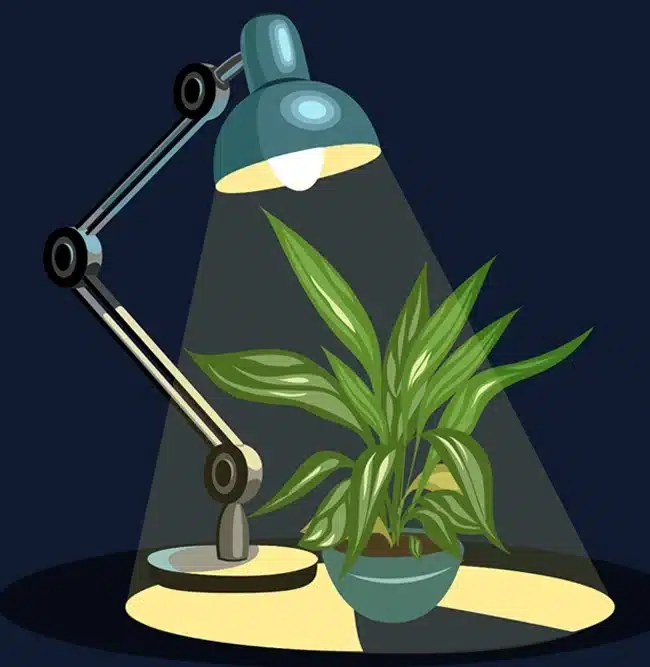
Unlike many low-light plants that need a light source as close as 3 inches, Begonia can do well if the light source is up to 12 inches away.
But, only take shelter from artificial light when natural light is unavailable.
There are three types of artificial lights you can use for a plant. They are;
- Incandescent Lights: Best during winter as they produce a good amount of heat. But they are not so energy-efficient, so they are expensive.
- Fluorescent Light: Has a long life compared to other lights. Also very energy-efficient.
- LED Light: They are too expensive but last longer and are more energy-efficient than other types of light.
When it comes to Begonia, they prefer Fluorescent and LED lights.
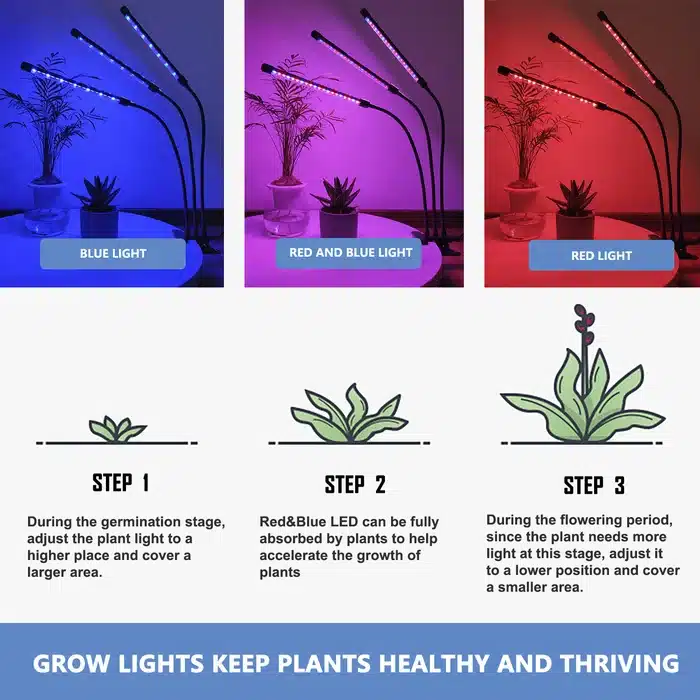
The trick is to let the plants bathe in a few hours of the morning or evening sunlight and keep them in grow lights for the rest of the day.
To fulfill Begonia light requirements, you must keep the plant in artificial light for at least 14-18 hours daily.
Any light that emits red and blue lights is suitable for Begonia as they can the photosynthesis. You may need to resort to infrared light to make the plant flower.
You might want to buy some artificial lights for your Begonia. Don’t worry; we have prepared a list for you.
| Grow Lights | Features | Product Image |
|---|---|---|
| Grow Light, Ankace 3 Head Timing | 1. Best combination of blue and red light 2. Easy to setup and use |  |
| Plant Grow Light, 60 LED Grow Lamp | 1. Full Spectrum 2. With levels of brightness |  |
| Hawanik LED Grow Lights | 1. Highly Efficient 2. Dimmable and easy to adjust lights |  |
| GooingTop LED Grow Light | 1. 6000K White light 2. High Efficiency |  |
The Bottom Line
Begonia is a lovely houseplant to grow indoors, with numerous varieties.
You can choose between flowering Begonia and Begonia with excellent foliage. So put on your gardening goggles and get ready for planting.
However, ensure that the lighting condition is correct to witness vibrant, green foliage and stunning blossoms. Good luck!


